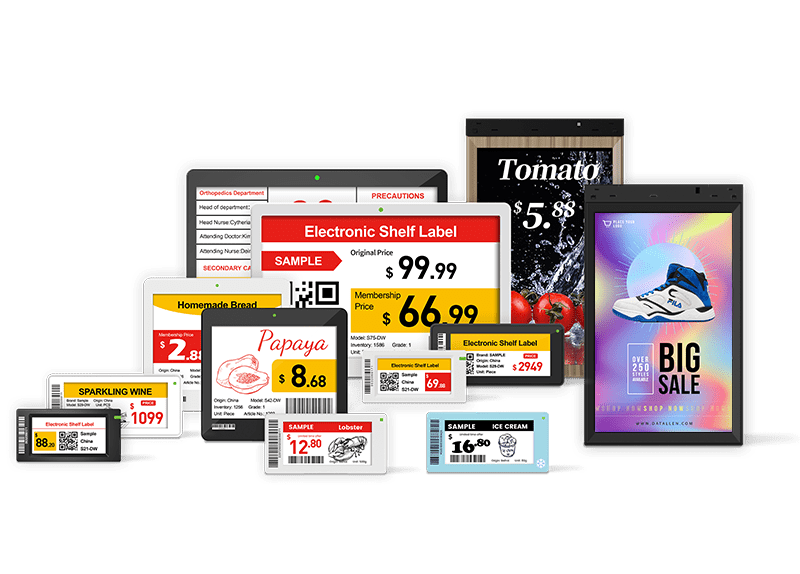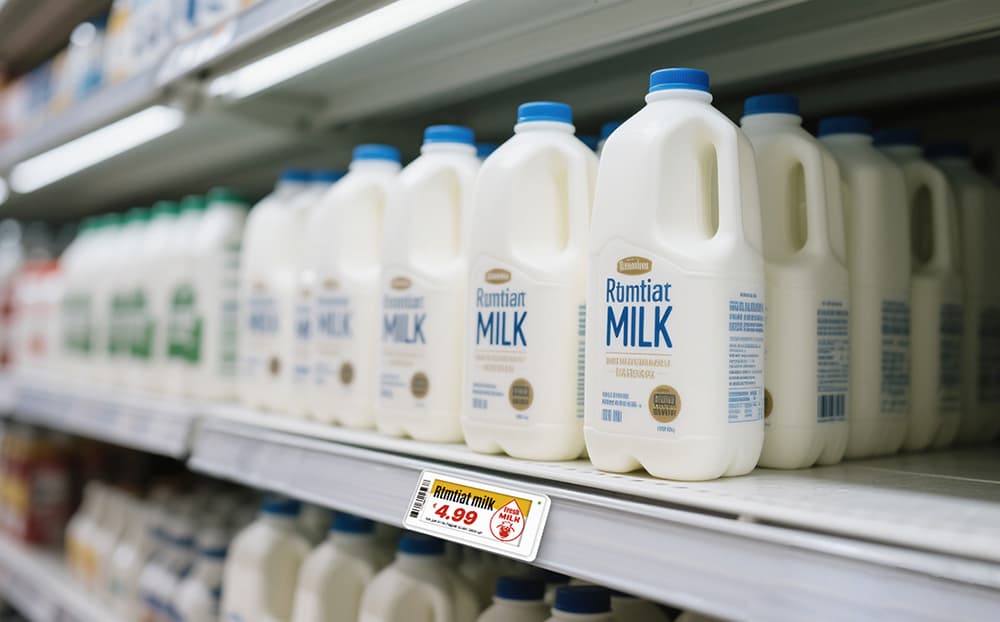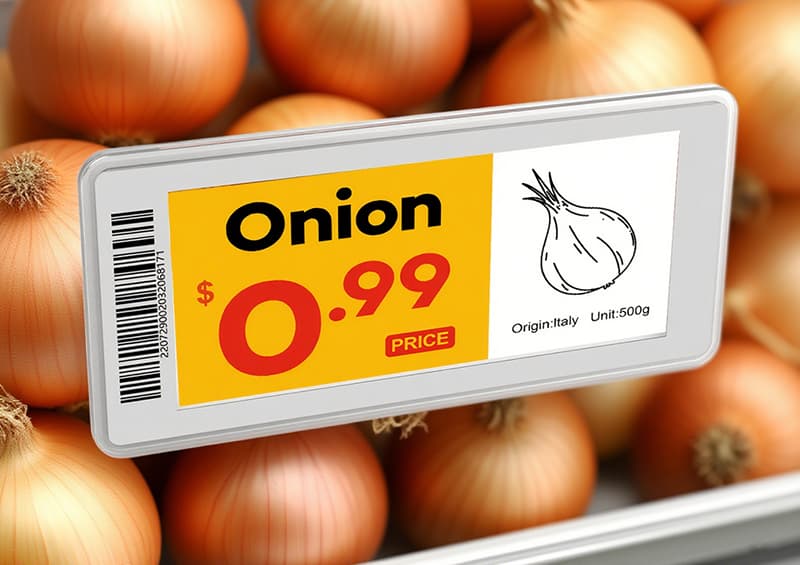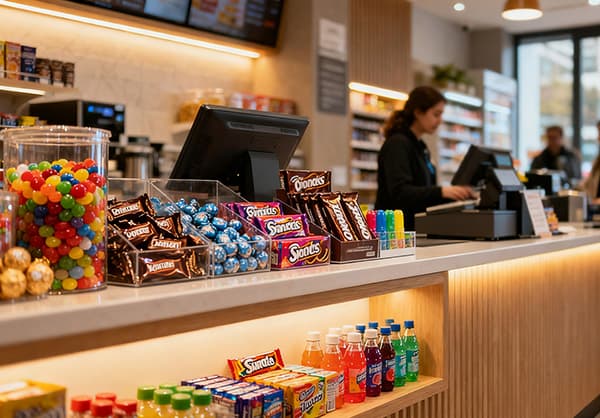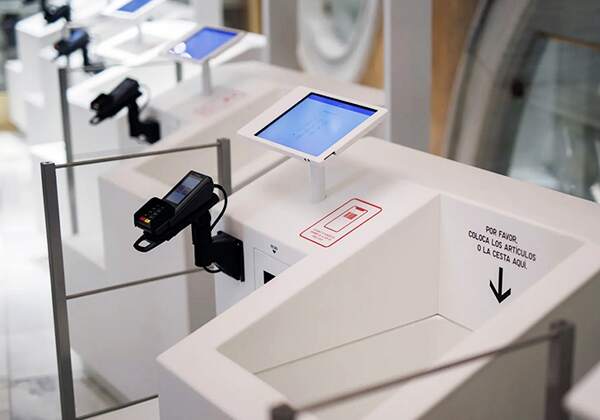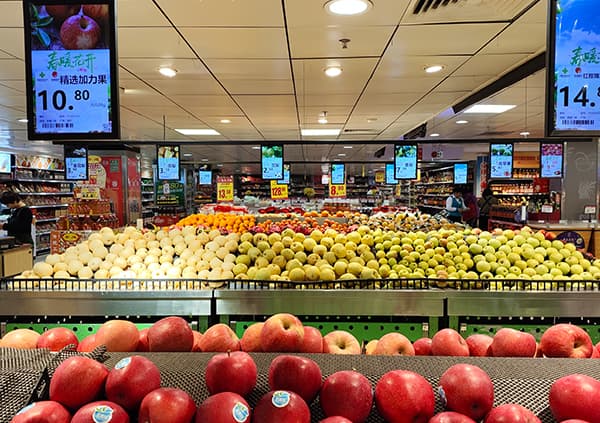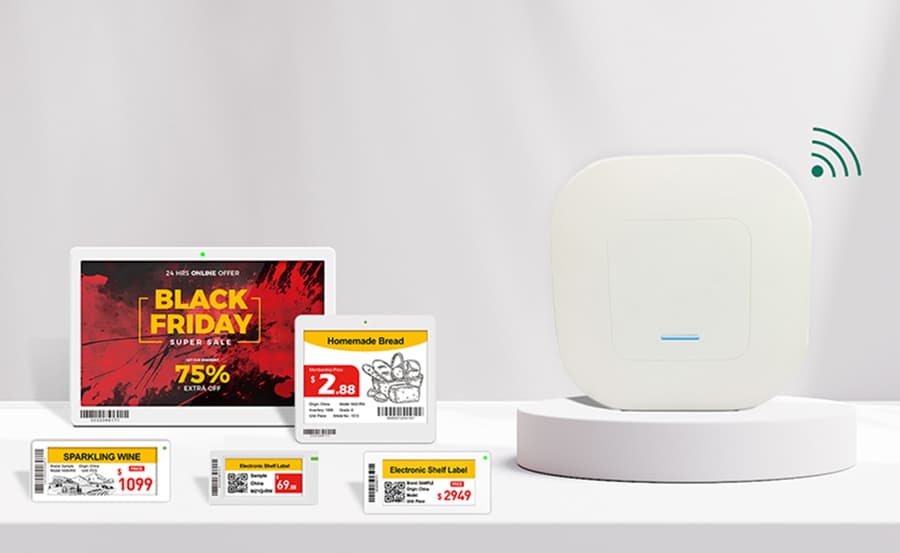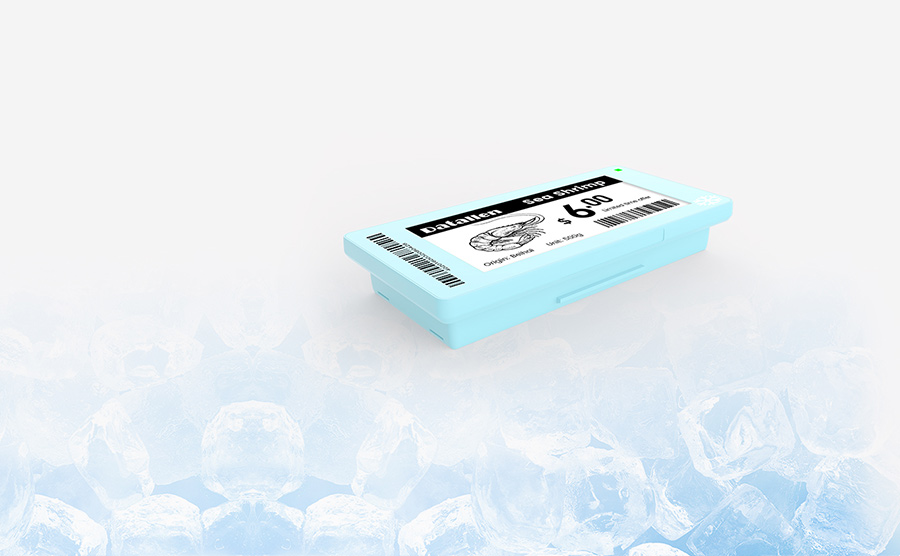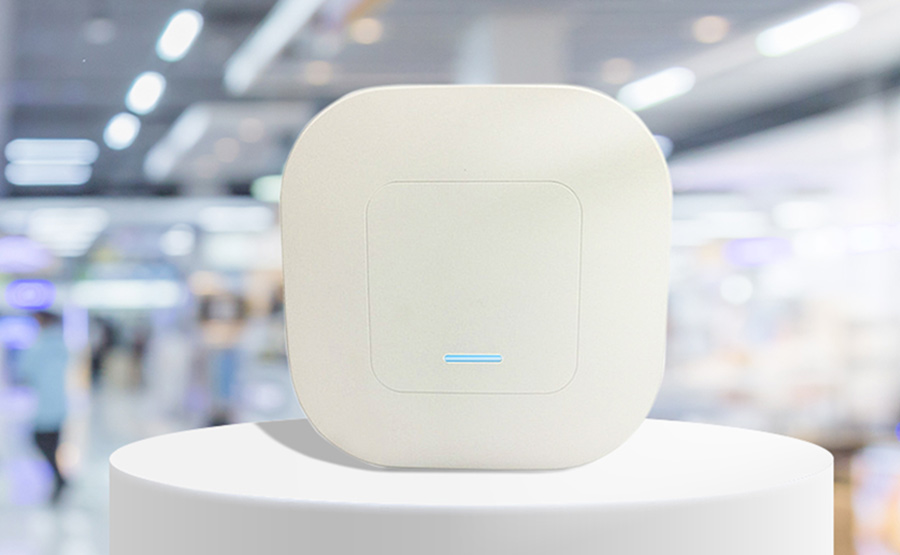Retail is evolving—and fast. Shoppers expect immediacy, accuracy, and interactive product experiences. Meanwhile, labor costs are rising, and expectations for sustainability are pressing. Enter the smart shelf: a transformative solution combining sensors, electric labels, and analytics to automate replenishment, pricing, and customer engagement—all while supporting green retailing and retail paperless workflows.
What Is a Smart Shelf?
A smart shelf is more than a tech demo. It merges embedded weight sensors, RFID tags, and digital shelf tag displays into a unified system that tracks product movement, inventory levels, and shopper behavior in real time. Key components include:
Digital shelf tags (ESLs): electronic ink or LCD screens that instantly update pricing or promotional messages
IoT Sensors: detect when products are picked up, monitor shelf dwell time, and even track temperature for perishable goods
AI-Powered Analytics: processes data to predict restocking needs, optimize shelf layout, and measure conversion
Operational Workflow:
When a commodity’s weight decreases, the system alerts staff. The digital shelf tag blinks to draw attention. During a promotion, the price updates automatically, triggering a smart shelf promotion across categories without human error.
How Do Smart Shelves Work?
1. Detection & Alert: A combination of weight sensors and RFID identifies item movement or low stock.
2. Wireless Communication: Data is transmitted securely via gateways to the store’s backend.
3. Dynamic Display Updates: Digital shelf tags reflect current pricing, bundle offers, or analytics-based recommendations.
4. Performance Monitoring: Dashboards show dwell time, sales velocity, and customer movement patterns.
5. Automated Response: AI tools trigger restocks or adjust layouts in high-traffic zones, enhancing retail paperless workflows and reducing manual work.
This orchestration exemplifies how smart shelf technology drives smarter restock, cleaner pricing, and deeper customer insights.
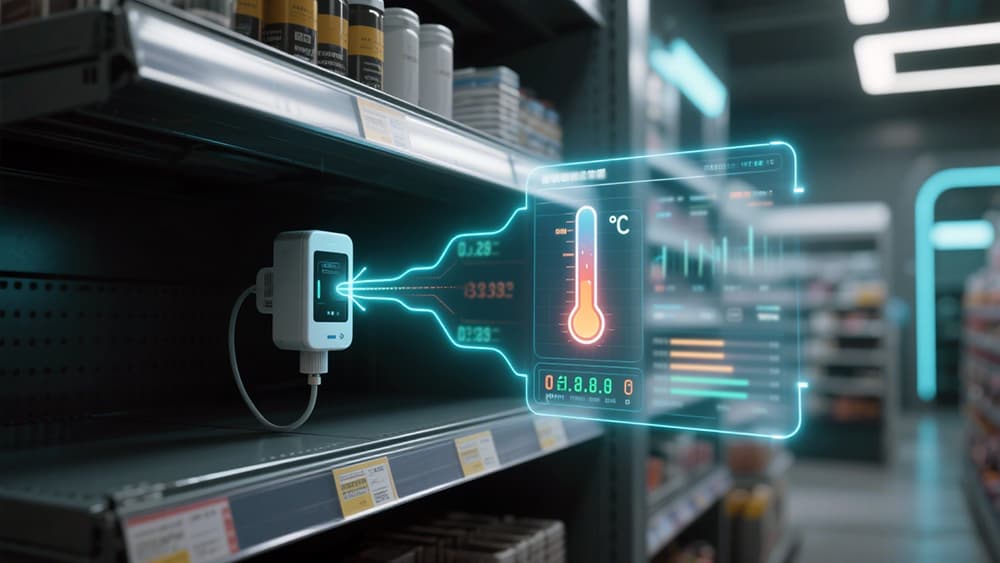
Why Smart Shelves Fit the Modern Retail Model
Efficiency and Sustainability
Stores eliminate thousands of paper price tags—some report saving over 10,000 labels annually.
Electronic ink tags, one core part of green retailing, run on coin-cell batteries for up to five years—no weekly printing needed.
Updating 10,000 price points takes 60 seconds digitally, versus 40 human hours manually.
Real-time replenishment cuts labor costs by up to 30%, improving margins.
Improving Customer Experience
Smart shelves support curated furniture display environments. An elegant dining table can show accurate bundle pricing and materials info on-screen. Shoppers scan QR codes to preview 3D visuals or product variants right at the shelf, making digital interactions intuitive and value-driven.
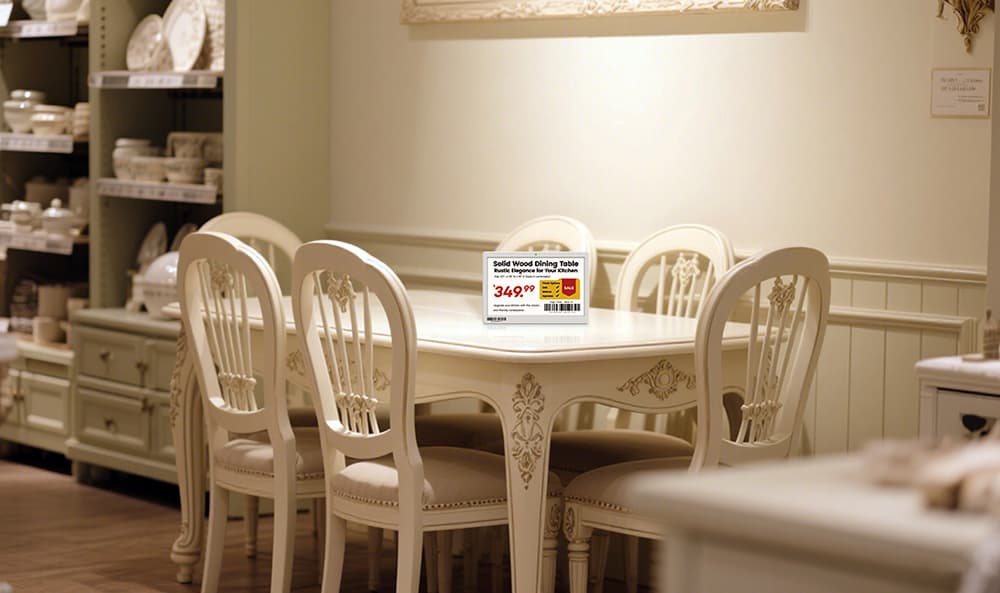
ROI and Market Momentum
The market for smart shelf systems rose from $1.85 billion in 2022, projected to $4.48 billion by 2030, growing at 11.7% annually.
Adoption is strongest in grocery (35%), consumer electronics (30%), and pharmacy (20%).
Major retailers like Walmart have piloted smart shelves in over 500 stores. Chains like Kroger and SPAR leverage robots with digital shelf tag tech for curbside fulfillment, showing how smart shelf ecosystems are no longer optional.
How Much Do Companies Pay for Shelf Space?
Brands traditionally pay slotting fees—retailers charge thousands per SKU for prime store display. With smart shelf and smart shelf technology, fees can shift from static space to performance-based arrangements: brands pay for actual display metrics (e.g., dwell time, refill speed, scan-to-buy interactions). This opens a new business model aligned with ROI, not just shelf location.
Installation & Common Concerns
Q: Is Deployment Disruptive?
A: Retailers often pilot smart shelves during off-hours or overnight. Modern systems deploy quickly by aisle, without interrupting daily operations. Staff training is intuitive and managed via secure web portals.
Q: Are Digital Shelf Tags Reliable?
A: Yes. Most solutions offer >99% display accuracy with encrypted communication. Price history logs help audit and prevent disputes. Companies rarely report errors linked to data or ESL reliability.
Q: How Will Customers Respond?
A: Behavior surveys show 85% of shoppers view electronic labels as clear and trustworthy. Added media—like QR-linked product videos or sustainability info—creates a richer experience without confusing buyers.
Q: Can Systems Handle Peak Traffic?
A: Modern mesh networks push updates across hundreds of tags in under 3 seconds—even during sales events. That ensures real-time promotions and accurate pricing when it matters.
Q: Are Privacy Issues a Concern?
A: About 58% of customers worry about motion tracking. Transparency and opt-in alternatives help. Best practice: display signage explaining sensor use and anonymized data collection.
Q: What about peak-hour responsiveness?
A: Modern smart shelf networks can broadcast simultaneous updates to hundreds of displays in under a minute, even across large stores. That means promotions can activate instantly.
Q: Are smart shelves common yet?
A: Overall adoption is still under 20% in mainstream retail, especially for retail furniture or department store settings. But early adopters are winning through efficiency and brand differentiation.
Q: How secure is the data?
A: Leading platforms use encrypted communication, secure token authorization, and centralized management portals that prevent unauthorized access to pricing or inventory data.
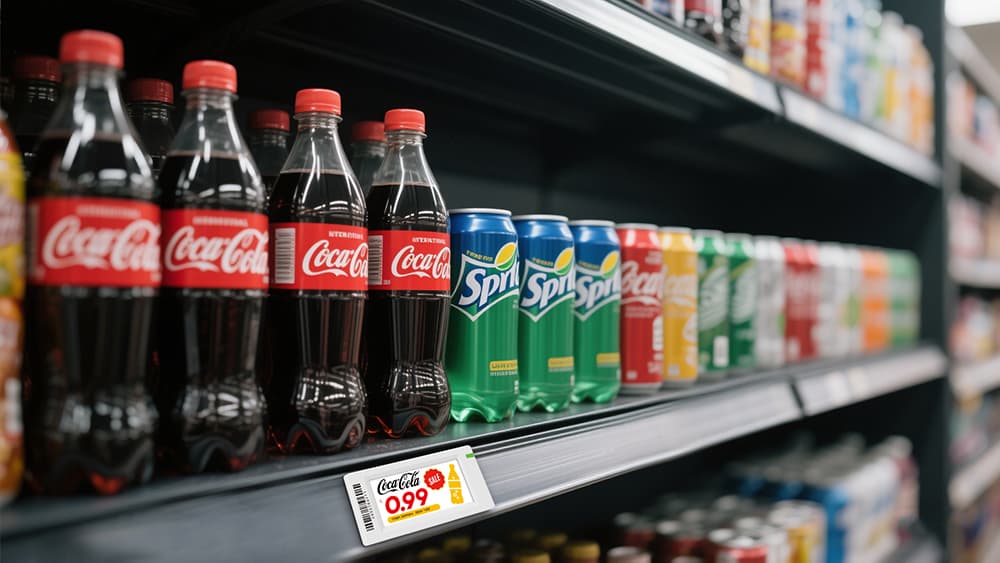
Use Case Breakdown: Smart Shelf Applications
Convenience Stores: Fast-moving items benefit from real-time price updates and automated restock alerts.
Furniture & Home Goods: High-value displays—sofas, dining chairs, wardrobes—profit from augmented labels, QR content, and dynamic bundles.
Pharmacies/Drug Stores: Sensitive items tracked precisely; smart shelf-supported safety compliance and demand forecasting.
Pop-up Events: Temporary spaces can deploy smart shelf tech quickly to deliver premium experiences without lengthy installations.
This flexibility caters to diverse formats—mini-stores, showrooms, and curated retail experiences alike.
Smart Shelves Are the Backbone of Modern Retail
Smart shelf technology is dramatically reshaping store operations. It supports:
Labor reduction and stock accuracy
On-the-go pricing updates
Hands-free replenishment prompts
Enhanced product storytelling through furniture store display and interactive tags
Sustainable policies via green retailing and retail paperless integration.
The shift toward smart shelves is essential for staying competitive in 2025 and beyond.
If you’re exploring scalable solutions to upgrade your checkout-free displays, shelf management, and pricing agility, Datallen’s smart shelf ecosystem and electronic paper display ESL solutions can help.
Contact us today to discover how to modernize your store—one shelf at a time.
For more insights, check out:
1. High Fashion Furniture Store Display Ideas Powered by Electronic Paper Display
2. How Much Does It Cost to Open a Smart Store with e Price Tags?
3. Winning Beverage Retail : Shop Fitting, Cold Chain Displays, and Smart Signage
4. How Eyeglass Mart Retailers Can Win in 2025: Digital Displays That Drive Real ROI
5. Jewelry Displays for Retail Stores: Merging Aesthetics with Digital Screen

